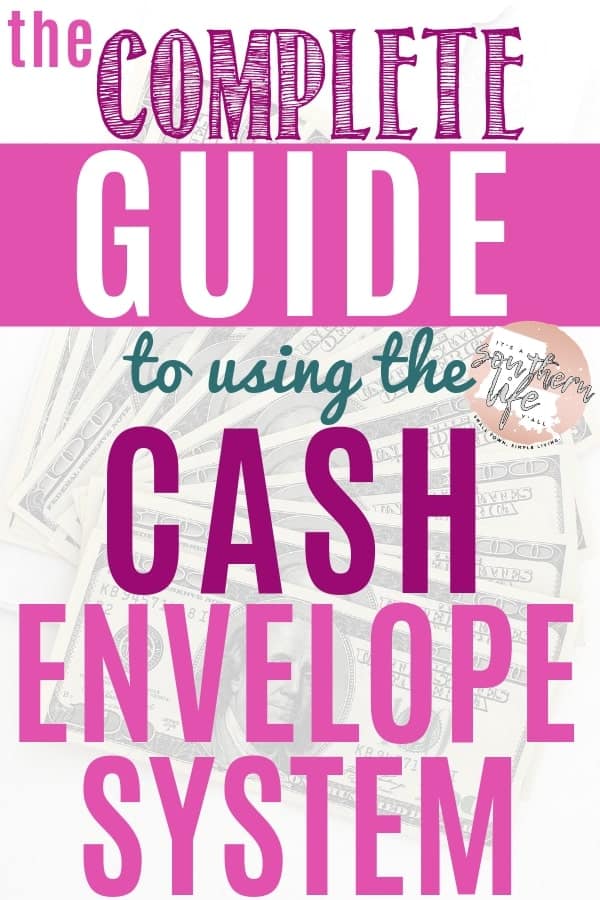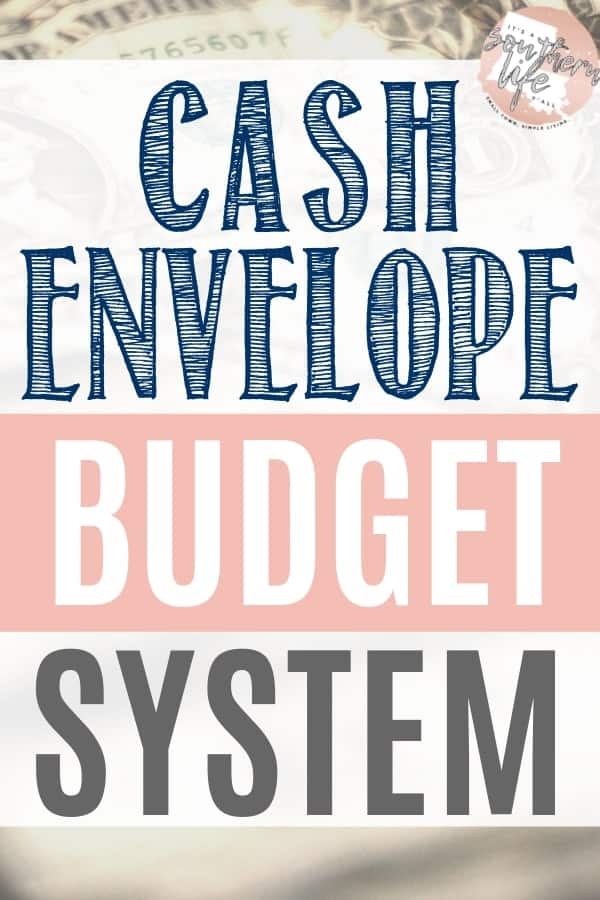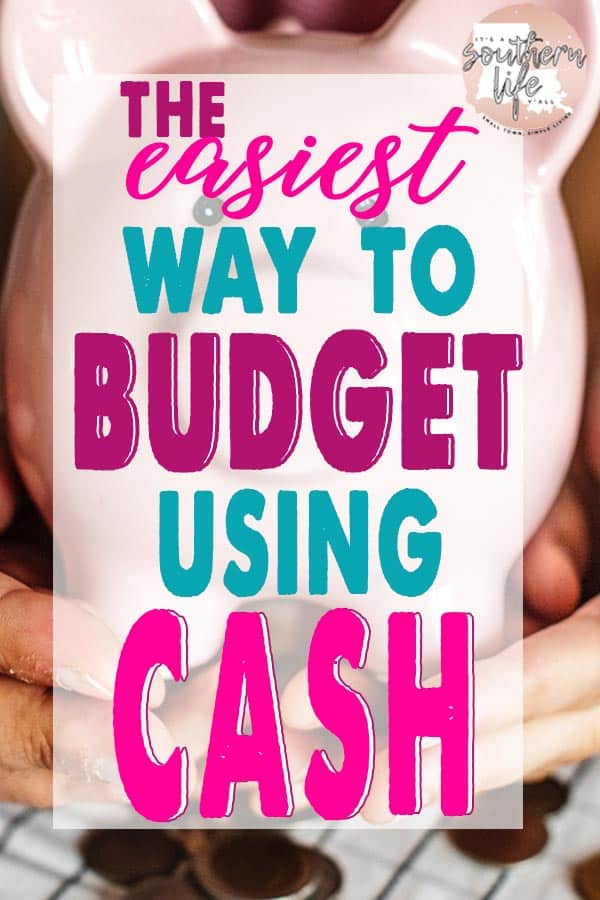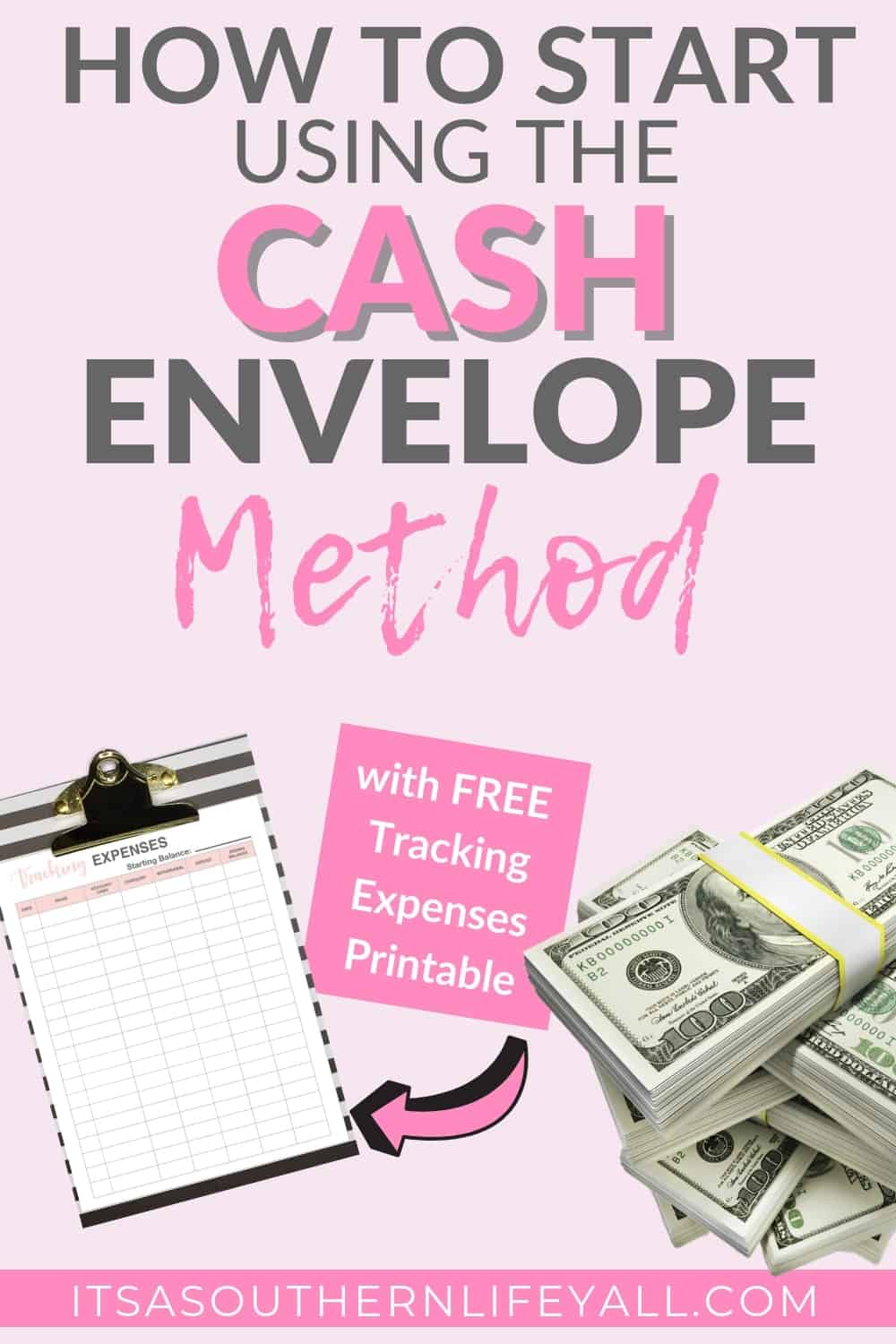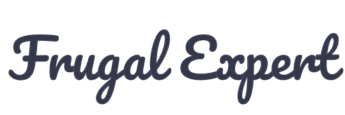My #1 tip for anyone wanting to do something drastic to take control of their spending is to use cash – but you must use cash wisely. If you are ready to take this step, learning how to start using a cash envelope budget may be just what you need.
Taking control of your finances isn’t a luxury, it’s a necessity for many of us.
Holding yourself accountable for all of your purchases is a learned behavior that isn’t easy – but I do think it is much, much, easier when your cash is staring you back in the face and letting you know exactly how much there is – or isn’t – left for the month.
That’s what the cash envelope budget system does for you – it give you a tangible way to SEE your money leaving you.
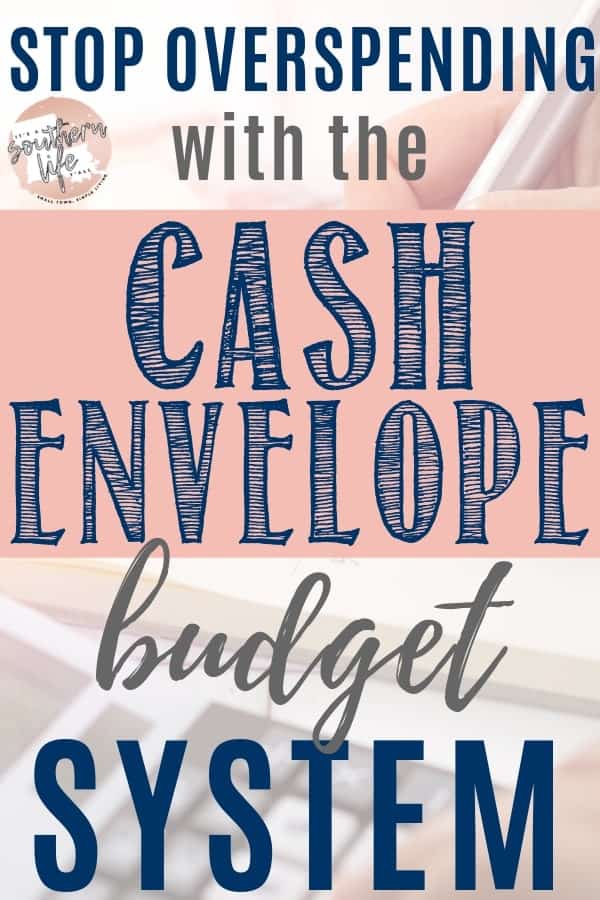
(This post may contain affiliate links. Our full disclosure can be found here.)
Many people live in the never-ending cycle of constant overdrafts and not being able to make ends meet. Having a negative balance in your checking account with days to go before you are paid is very stressful.
This situation sets you up for failure month after month because you are “letting” your money go where ever you “want” it to go (in that moment)… instead of giving it a purpose in your budget and making sure it goes where it’s supposed to go.
I used to be stuck in the cycle of letting my money go where ever I wanted it to go… and it was bad.
I always ended up robbing Peter to pay Paul and having to deal with money coming out of my account to cover overdrafts before I could even pay bills. I was unhappy and felt out-of-control because I didn’t know where to start.
Learning how to start using the cash envelope budget system helped me to understand my spending and control my finances. When you are using cash, you quickly understand that when it’s gone…it’s gone. You can’t overdraft cash, so you just can’t have all the things you want when you want them…
AND THAT’S OK!
Pairing the cash envelope budget system with the half payment budget method made all of the difference in the world for me.
Not only did I understand how to make things work for myself financially (finally) — I was taking the proper action to avoid those stressful money situations – and I finally started saving money!
Actually, I’ve always known how to make a budget work.
But knowing and doing are two totally different things. Learning how to use a cash envelope budget system finally allowed to actually DO when it comes to staying on budget.
Enter the Cash Envelope Budget System
I could go on and on about all of my money failures through the years, but you aren’t here for that. You’re here to learn how to start using a cash envelope budget and make it work for you.
So let’s get started.
The cash envelope budget system is actually very simple and can be summarized easily by saying, “You set aside the cash you need for each of your discretionary budget categories, and you pay cash for everything.” (But we have already covered that knowing you should pay cash for everything and doing it are two different things.)
The cash envelope budget system really is simple when you start putting it into practice – when the money is gone for one category… it’s gone.
It takes a bit of willpower not to go pulling money out of other envelopes, but if I can make this system work, so can you. And as I said, if you use this with my half payment budget method — WHOA! You will find that you actually have money left over!
How completely free will you feel when you have your spending under control?
Think about that for a moment. No more calling your spouse and saying “Don’t touch the bank account until we get paid.”
Starting and sticking with a cash envelope budget system has been the game-changer in my life and it can be the same for you!
What is the Cash Envelope Budget System
The cash envelope system is a simple way to divide your spending by categories or small budgets.
Each spending category has a designated envelope to “deposit” your allocated amount of cash for the month or the pay-period, however you decide to do it.
The envelopes help to keep your money and spending organized. All spending is done with cash.
Once the cash in the envelope is gone, it’s gone. No more overspending.
(If you want even more control of your finances, you might be interested in this book by Dave Ramsey!)
Setting Up A Cash Envelope Budget System
Using a cash envelope budget system is not a new concept.
(In fact, my grandparents used this method. In the cupboard my grandmother had a set of envelopes that she would take cash from to go to the store, to pay a bill, or to give me money for a treat. Somewhere in our ever-changing world, we’ve forgotten these tried and true methods. Sometimes we shouldn’t fix what ain’t broke.)
My key to financial freedom was simple — USE CASH!
Yes, cash! Stop pulling out the plastic stuff and swiping. Just use cash for your discretionary spending, PERIOD!
I suggest not using this system for your fixed expenses, like your mortgage, phone bill, car payment etc. Those things can come out of your bank account automatically – but for your discretionary spending, use the cash envelopes. The things you can CONTROL and which fluctuate – like groceries and entertainment.
It is statistically proven that when you use cash, you spend less.
When you know you have $50 in your wallet and that’s all you have, not what you “might” have in the bank… Then you will spend $50 or under.
Using the cash envelope budget system is exactly that simple.
Some people say, “When I have cash, I just spend it.” Well, show me one person who isn’t just spending that same “cash” on their bank card – but in a bigger way, with real overdrafts, and then we can talk about that.
When I see my cash pile (not really a pile lol) depleting, I take stock of what’s actually there.
I think about each purchase and I make that money last. I control my spending – and that’s what we all need isn’t it?
Trust me with this. Learning how to start using a cash envelope budget and switching to cash will make you think about every purchase.
You MUST Start With a Budget
Oh! I know I said the dreaded B word! B – ughhhhhh – get!
Knowing what’s coming and what needs to go out is how it all starts, though.
Without having the basics down, your cash envelope system will be doomed to fail and we don’t want that. I want you to crush this and smash that door into financial freedom.
Let’s get started with the budgeting steps.
STEP 1) Assess Your Income + Fixed Expenses
Before you can outline any kind of budget, you have to know how much is automatically coming in…. and how much is automatically going out.
For example, let’s say you have a monthly income of $2750.
Then add up your monthly recurring bills – the things that you’re going to pay for REGARDLESS each month. They might look like this:
- rent/mortgage: $900
- car payment: $350
- auto insurance: $100
- loan payment: $130
- childcare: $300
- cable/internet: $90
- phone: $110
- Utilities: $150 (fluctuates, but I like to budget high)
- Total recurring monthly payments: $2130.00
Money remaining monthly: 2750 – 2130 = $620
This shows us that after our fixed expenses, we have $620 for discretionary spending – meaning groceries, entertainment, gifts, etc.
So, in this example, we would have $620 to divide between our envelopes for the entire month.
STEP 2) Track Your Discretionary Spending
Before you can learn how to start using a cash envelope budget, you have to know what you’re spending your money on regularly. Just a heads up, most people are really surprised at their spending when they do this exercise (and not in a good way)!
Grab that super cute tracking expenses printable I have made just for you…roll up your sleeves…pour a glass of vino…and get started.
If you don’t know where your money is going, you’ll never know how much cash you should allocate for each of your envelopes.
It’s best you do this for at least an entire month before you start the cash envelope budget system. (Hey! Rome wasn’t built in a day. You can’t expect financial freedom to happen overnight. It takes a little work on your part, but the feeling you get when it all comes together is worth it.)
STEP 3) Determine Your Envelope Categories
Where do you spend your money?
Groceries, dining out, beauty/personal care, clothing, medications, pet care, entertainment…look at your tracking expenses sheet and see what YOUR categories are.
Each spending category will have it’s own envelope.
Common categories include:
- Groceries
- Entertainment
- Clothing
- Gifts
- Personal / Beauty
- Medical Expense
If you are looking for super cute envelopes to use, I have a cash envelope HERE. Each cash envelope template is designed to keep your spending on track. Cash envelopes for budgeting are essential for the cash envelope budget system to work.
STEP 4) Determine How Much Cash You Need / Have Available for Each Category
Now that you have your categories and your cash envelopes for budgeting set, it’s time to determine the amount of cash needed and available for each.
Look back at your tracking expenses worksheet and see the amounts you spent previously.
Were these ammounts realistic for the money you have available?
Did you have a nice cushion left over at the end of the month or did you overspend?
Remember, you’re working with only the money you ACTUALLY HAVE (in our example, $620).
If you spent $300 on groceries, $160 on dining out, $200 on personal care… well, you’d already be over your spending limit without having anything left over for medical expenses or gifts or any of the other categories you’ve got.
You might have to be honest with yourself and reduce your spending in some areas. (Learning to use a cash envelope can really help with that!)
Looking at your spending do you feel you are overspending in some areas and can better use some of these spent funds to help in other areas?
All of these are questions you should ask yourself when you are determining your spending limits in each category. It is important that you remember the simple rule of budgeting — more money should come in than go out.
Based on how much you spent in the past, and how much you have available, you will be able to allocate an appropriate ammount of money to each budget envelope.
(When you start out, some of the envelopes are going to feel leaner than you are probably comfortable with. That’s ok – that’s WHY you are doing this!)
Now, remember, this is going to take some trial and error, but with a little tweaking here and there, you will find a manageable solution in using the cash envelope system.
When Do I Add Cash to My Envelopes?
I suggest basing this on when you get paid.
As in my half payment budget post, I strongly suggest balancing your envelopes by your pay periods.
After you pay your monthly fixed expenses, make a cash withdrawal from the bank to fill your envelopes.
Your fixed expenses will generally get paid out of your bank account.
Do not use a credit card to pay your fixed expenses.
If you have a problem saving the amount monthly for your fixed expenses, you can use a separate cash envelope to pull the amount out of the bank until needed.
For example; if you need $550 from each paycheck you receive monthly to pay your rent and seem to fall short because you fail to plan properly or overuse your funds, make an envelope for rent/mortgage, which is a fixed expense, and temporarily “pull” the cash from your account until the next pay period. Once you have the full amount, deposit this and pay your rent/mortgage immediately. Doing this will ensure you won’t use the funds you are trying to save.
Tips for Using the Cash Envelope Budget System
Tracking Your Deposits and Withdrawals is Key
Not only should you see your cash, but you should also be very aware of your amount of cash in each envelope. If you are using my cash envelopes for budgeting, I have a handy chart on the outside of the envelope to make this easy for you.
Don’t Short Yourself
Make sure to keep your change in your envelope. Remember, once your cash is gone you have nothing more to spend that month. The handy chart I have created on my cash envelope template makes it very easy to keep track of all of your funds — including your change.
Don’t Carry All of Your Envelopes All The Time
Carrying all of your cash can be very tempting if you have a hard time controlling your spending. IF THE MONEY IS NOT WITH YOU, YOU CAN NOT SPEND IT!
I personally have a miscellaneous cash envelope and carry only this one unless I am in the need of another cash envelope for a specific purpose (like if I’m going to the grocery store, then I take the groceries envelope).
This really helps curb impulse spending urges.
Break it All Down or Keep it Large
I find it hard to break a larger bill on a purchase under $5.
Having larger bills makes me think more before purchasing. Find what works best for you and go with that.
Shopping Online
Shopping online while using a physical cash envelope system is still possible… but certainly not idea. You need to handle it a little differently.
One way to shop online is to leave some of the money you would put in your categories in your bank account. If you know you generally spend $100 online monthly, leave that in your account. But you MUST track your spending just like your cash envelope system. I’ve made this easy for you with my cashless envelope system printable.
Using this cashless envelope system printable allows you to still monitor your spending and keep your budget in check.
Another option is to withdraw your cash as normal. When you are ready to make an online purchase, re-deposit the amount needed into your account and then complete your purchase. This will still hold you accountable for your cash envelope budget.
How Will Learning How to Start Using a Cash Envelope Budget Help?
This system holds you accountable for your spending.
Tracking what is going out down to the penny, helps make you aware of your spending habits.
When you hold yourself accountable, you are taking control. You think about every purchase before it’s made and weigh out the necessity before you spend the money. You also have a constant visual to remind you, not an imaginary endless amount you can’t see in the bank.
The cash envelope budget is about learning self-control. It’s not about the cash — that’s just a visual aid.
In no time, this system will become your norm and you will see a difference in your spending.
Do you have any tips I should add on how to start using a cash envelope budget?
